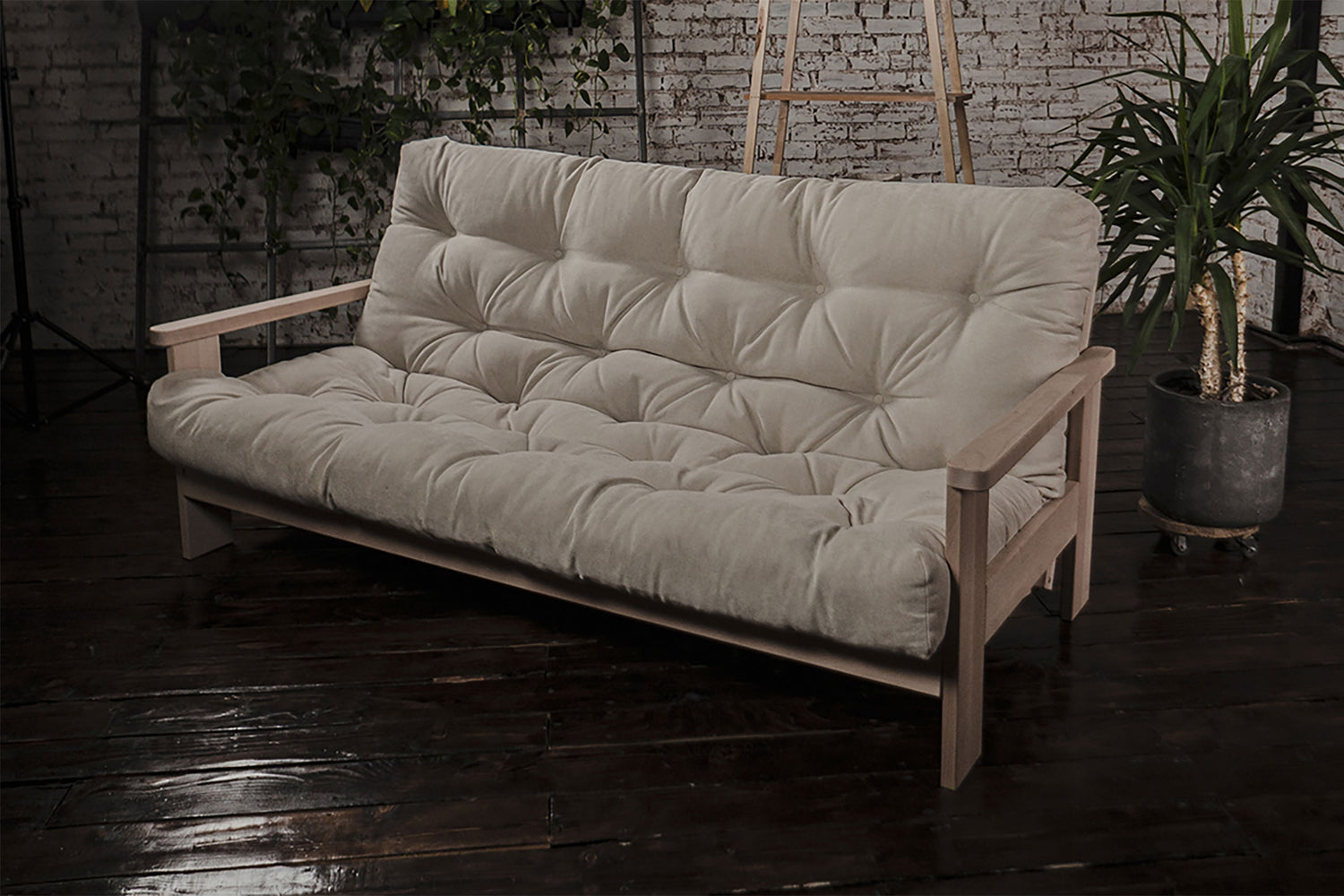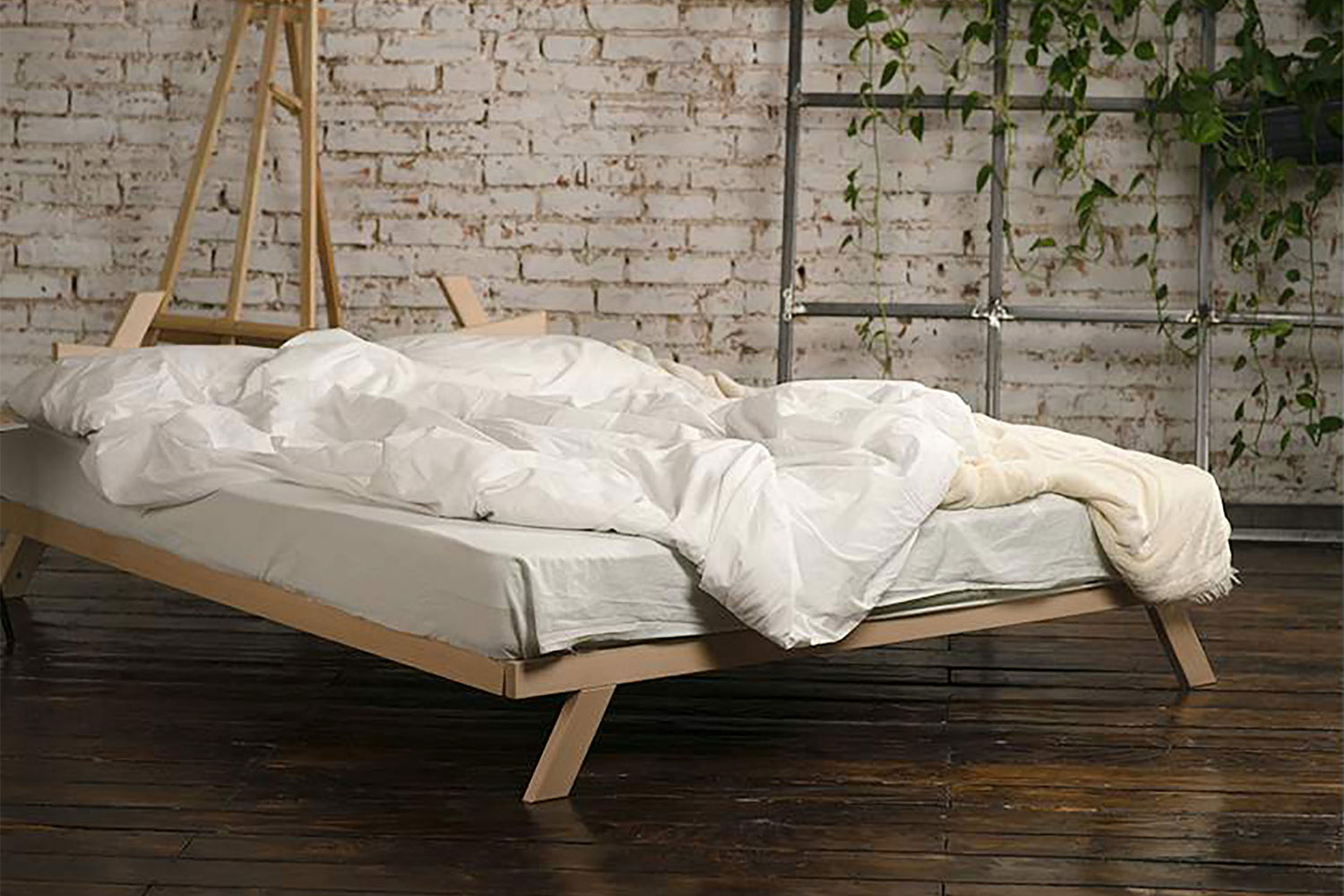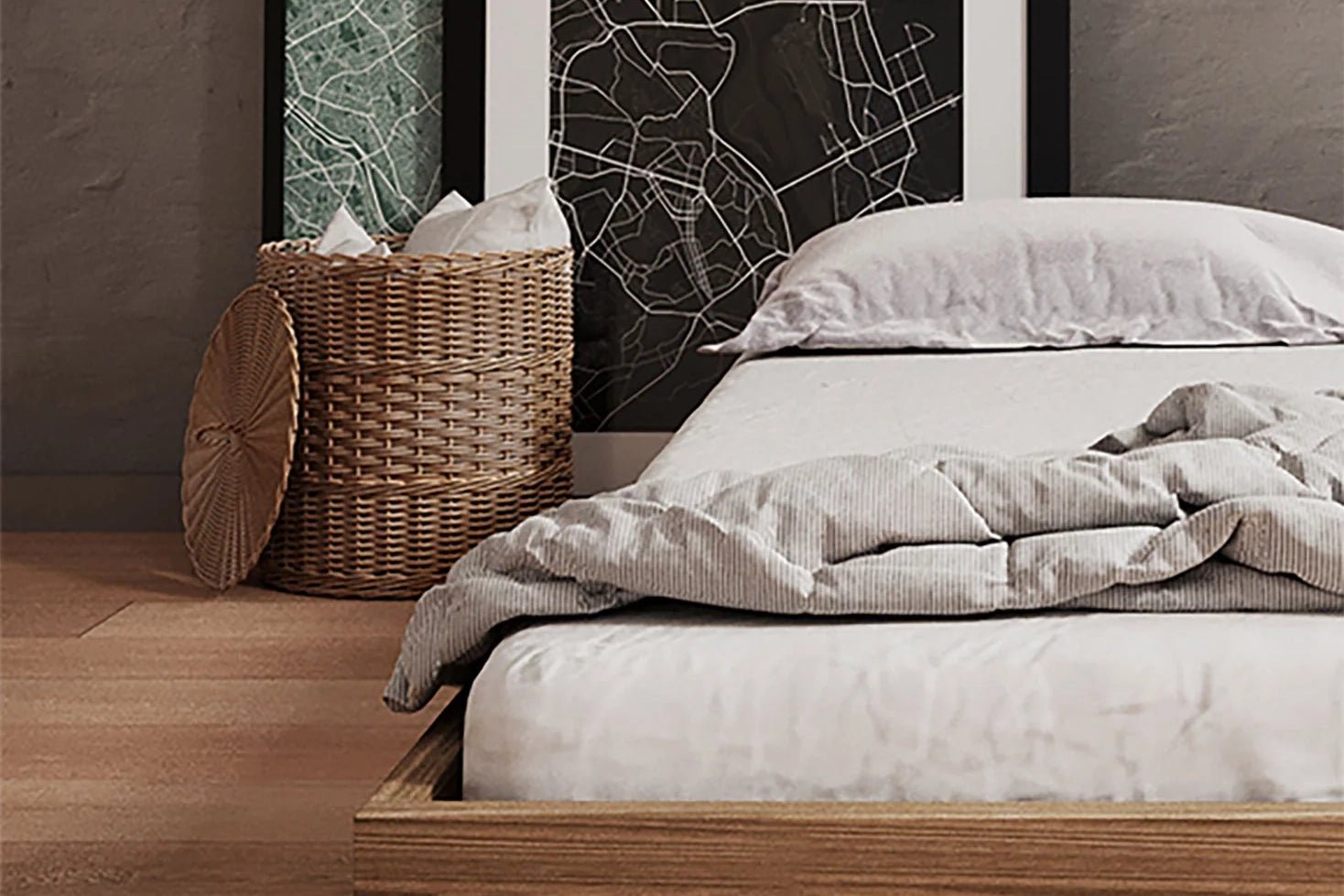
Bi-Fold or Tri-Fold? How to Choose the Right Futon Frame for Your Home
Share
Choosing a futon frame is more than just a style decision; it’s about functionality, comfort, and how it fits into your space. When selecting between bi-fold and tri-fold futon frames, understanding their designs, benefits, and ideal use cases will help you make the best choice for your home.
Understanding Bi-Fold Futon Frames
A bi-fold futon frame opens along two sections, creating a bed-like surface. These frames are perfect for converting between a futon bed and a sofa, making them a popular choice for multifunctional spaces. Their straightforward design allows them to fit well in living rooms, guest rooms, and even small apartments.
Key features of bi-fold futon frames include:
- Ease of Use: With a simple fold-out mechanism, they are user-friendly for quick transitions.
- Ample Mattress Options: Compatible with standard futon mattresses, these frames pair well with cotton futons or other hybrid options like shikibutons.
- Sleek Profile: The two-panel design keeps the frame compact when used as a couch, ideal for modern interiors.
Bi-fold futon frames work well for those prioritizing a traditional futon sofa look while maximizing seating comfort and ease of use.

Exploring Tri-Fold Futon Frames
A tri-fold futon frame, on the other hand, folds along three sections, offering greater versatility. These frames are particularly suited for creating a floor futon style or accommodating smaller mattresses, like compact options for tight spaces.
Advantages of tri-fold frames include:
- Space Efficiency: They fold into a smaller footprint, making them ideal for Japanese-inspired rooms or tatami-style spaces.
- Multi-Purpose Design: Perfect for guest rooms or floor beds, they provide flexibility in configurations.
- Portability: Lightweight and easy to move, tri-fold frames complement traveling futons or roll-up mattresses.

Bi-Fold vs. Tri-Fold: Key Considerations
When choosing between these two options, consider the following:
-
Room Size and Layout:
If you’re working with limited space, a tri-fold frame might be more suitable due to its compact design. Larger rooms can comfortably house a bi-fold frame as a sofa and bed. -
Primary Use:
For frequent seating needs, a bi-fold futon frame provides a more traditional sofa experience. If your focus is on sleeping arrangements, especially on the floor, a tri-fold frame offers greater adaptability. -
Aesthetic Preferences:
For those aiming for a Japanese minimalist aesthetic, a tri-fold futon frame fits seamlessly with shikibuton mattresses. Meanwhile, bi-fold frames align with modern furniture designs. -
Mattress Compatibility:
Both frame styles accommodate a range of mattress types, from cotton and wool futons to organic latex mattresses. However, tri-fold frames may work better with thinner options like a natural futon mattress or shikifutons, while bi-fold frames can handle thicker, plush options like a queen-size futon mattress.
The Verdict
Ultimately, the choice between a bi-fold and tri-fold futon frame depends on your specific needs. A bi-fold frame offers the best of a sofa and bed combination, while a tri-fold frame provides flexibility for floor mattresses and compact spaces. Whether you're furnishing a guest room, living room, or creating a Japanese-inspired sleeping area, both options deliver functionality and style.
When selecting your futon frame, pairing it with the right mattress protector, sheets, or futon cover ensures durability and comfort. Regardless of your choice, a futon is an excellent solution for those seeking versatile, eco-friendly furniture.











